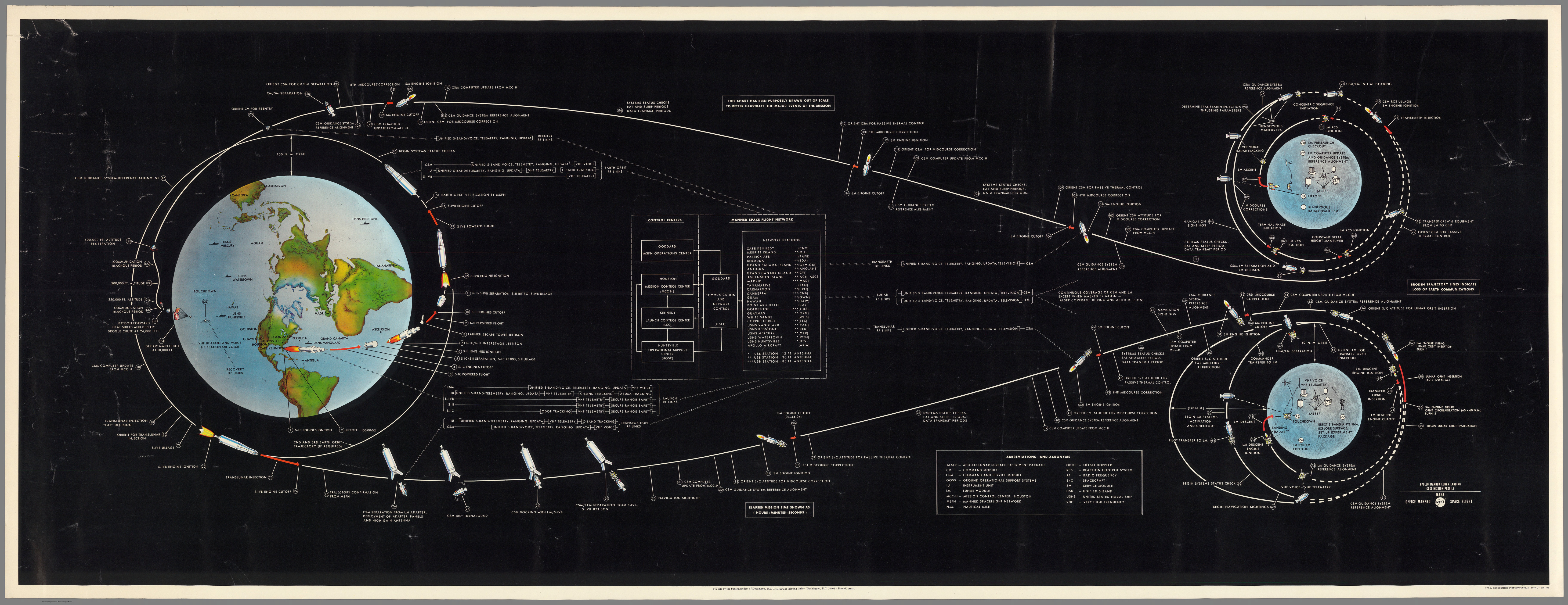
/cloudfront-us-east-1.images.arcpublishing.com/gray/5VNRSOAITFMPNOV4JX2ZYEMHVU.jpg)
“That’s a hugely exciting result,” Carter says. The findings of that analysis were reported on arXiv on 1 September 3, and include signs of silicate grains - essentially, hot sand - in the atmosphere of VHS 1256 b. It lies 22 parsecs away from Earth in the constellation Corvus. But Carter’s team is applying spectral analysis to a different planet, which is substantially larger than Jupiter and is known as VHS 1256 b. Astronomers can’t use that technique on HIP 65426 b, because it lies too far away from its star. Such work complements other ways in which Webb can observe exoplanets, such as analysing the starlight passing through a planet’s atmosphere to see what chemical compounds the atmosphere contains. Meanwhile, other astronomers are planning to use Webb to study many other exoplanets, especially big ones that lie relatively far from their host star and can thus be imaged directly. Our Solar System is around 4.5 billion years old.įuture studies will probably probe how HIP 65426 b formed and evolved over time. It’s “like Jupiter, but right after it formed”. HIP 65426 b is probably around 14 million years old, making it “a baby Jupiter”, Biller says. That, in turn, allowed them to use models of stellar evolution to pin down its mass to 7 times, and its radius to 1.45 times, that of Jupiter.įour revelations from the Webb telescope about distant galaxies Unlocking the additional infrared wavelengths allowed the astronomers to better understand how much energy the planet’s atmosphere radiates. HIP 65426 b orbits its star at roughly twice the distance that Pluto orbits the Sun. In July this year, Carter’s team used instruments on Webb to physically block the light from HIP 65426 b’s star, allowing the planet to pop into view. ‘Baby Jupiter’Ĭarter and his colleagues chose to study HIP 65426 b after other astronomers discovered it in 2017 2 using the European Southern Observatory’s Very Large Telescope in Chile. “You’re in the regime where planets are brightest and stars are dimmest,” says Aarynn Carter, an astronomer at the University of California, Santa Cruz, and lead author of the preprint. Imaging exoplanets directly is difficult, because they are often lost in the glare of the star around which they orbit.īut observing them at infrared wavelengths, as Webb does, helps to boost the contrast between star and planet. Pagan (STScI)Īstronomers know of more than 5,000 exoplanets, but they have taken pictures of only around 20. The Webb telescope imaged HIP 65426 b at multiple infrared wavelengths (from left to right: 3.00, 4.44, 11.4 and 15.5 micrometres). That would drastically improve scientific understanding of far-away planetary systems.

The fact that it was able to take such a sharp picture of HIP 65426 b suggests that it will be able to photograph even smaller planets, the size of Saturn or even Neptune, orbiting other stars. Launched in December as a collaboration between NASA and the European and Canadian space agencies, the telescope began doing science in June, using its 6.5-metre-wide primary mirror to observe the Universe from a spot around 1.5 million kilometres from Earth. The finding confirms how powerful Webb will be for studying exoplanets. The image was reported in a paper on the arXiv preprint server on 31 August 1 the report has not been peer reviewed. “It gives us wavelengths we’ve never seen planets at before,” says Beth Biller, an astronomer at the University of Edinburgh, UK, and a member of the discovery team.

#Nasa picture of the day email full
It is the first exoplanet image ever taken at deep infrared wavelengths, which allow astronomers to study the full range of a planet’s brightness and what it is made of. The image is of a planet called HIP 65426 b, an object similar to Jupiter, but younger and hotter, that lies 107 parsecs from Earth in the constellation Centaurus. Webb telescope spots CO2 on exoplanet for first time: what it means for finding alien life The James Webb Space Telescope has taken its first picture of a planet beyond the Solar System - opening a window to understanding other worlds and underscoring the telescope’s immense capabilities. The star symbol marks the exoplanet HIP 65426 b’s star, which Webb has blocked from the image. Although the Webb telescope’s first image of an exoplanet looks like a pixelated light bulb, it actually demonstrates the observatory’s infrared prowess.


 0 kommentar(er)
0 kommentar(er)
